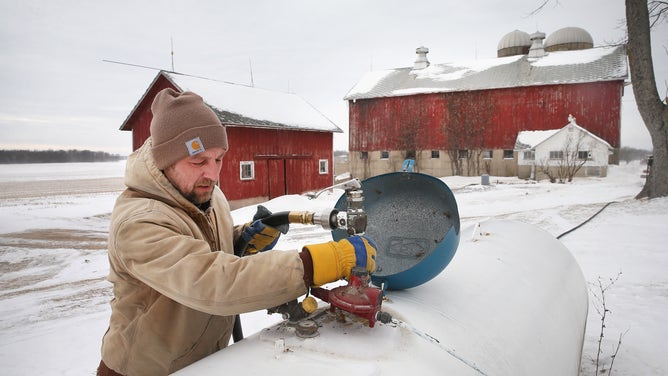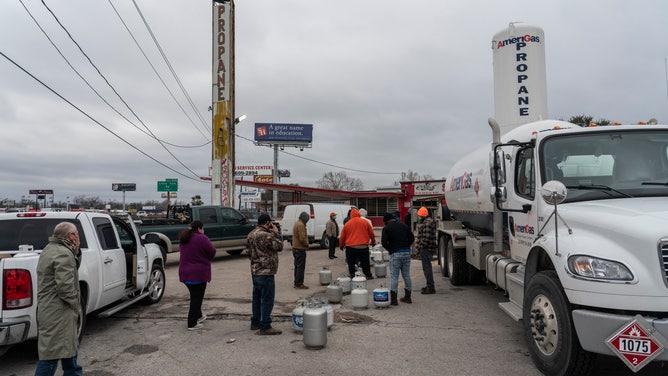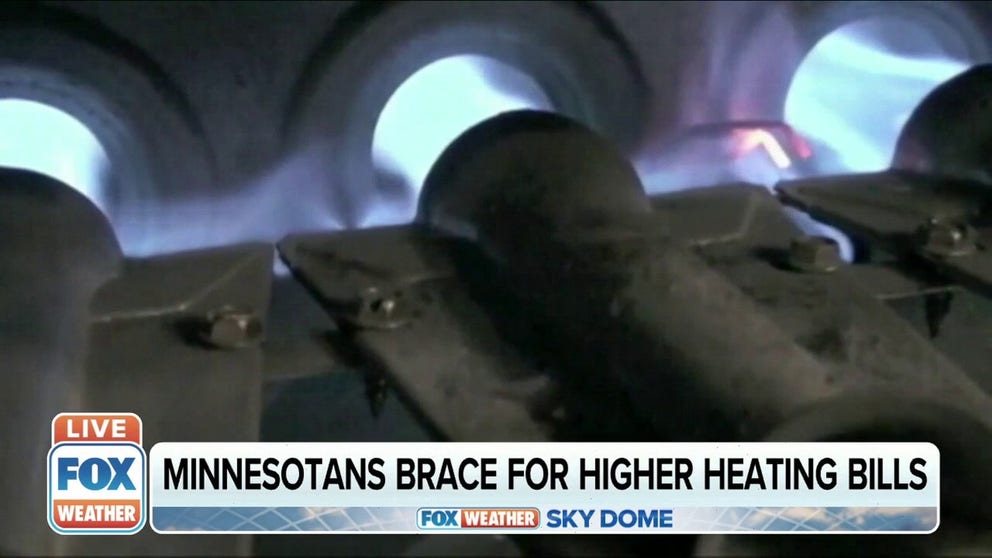Soaring propane prices send chills through rural America
Many Americans depend on propane for heat. As prices skyrocket, so do their fears.
Minnesotans brace for higher heating bills
The price spike comes as more Minnesotans than ever are eligible for Energy Assistance Programs.
High propane prices are not just hitting barbeque grillers and restaurants with patio heaters. Rural America and many mobile homes depend on propane for heat. All are facing higher prices with near-record-low stockpiles as we head into the coldest weather of the year.
"I think we'll have enough in our stockpiles to make it through the winter," says Dr. Joshua Rhodes of the Webber Energy Group at the University of Texas at Austin.
But he warns, "starting this low, we could draw them down to historic lows, which will make the prices go up."
Overseas propane demand raises prices at home
Propane prices have already been creeping up since 2019 and tripled in the last year, says Rhodes. And many overseas factories are actually converting to propane from natural gas, which has seen an even larger increase in price.
"A lot of processes like chemical and textiles, particularly in Asia that can switch from natural gas to propane, are doing so," says Rhodes. "And that's driving up their imports, which is a lot of our exports."
"Oil has always been kind of a world commodity, and gas has typically been more regional," adds Rhodes.
As transporting gas becomes more efficient (compressing gas into LNG, liquid natural gas, and LPG, liquid propane gas), exporting it makes economic sense.
"We're more tied to a world market. And that is driving demand."
Propane, a byproduct of oil refining and natural gas production, is used to make plastics. Plastic production accounts for almost half of industrial use propane. Factories making solvents, synthetic rubber and aerosol propellants also need propane.
The U.S. Energy Information Administration this month reported the average price of $2.72 per gallon of residential propane, up 90% from last year in the U.S. New England customers shelled out an average of $3.51 per gallon for residential propane. Rhodes expects refills on propane cylinders for grills and heaters to go up by 2 to 3 times.

2021 residential propane prices in blue far outpace prices from 2020.
(EIA.gov)
Rhodes says it will be more expensive to heat your home this winter.
"Frankly, I told my mom last week to go check her propane tank to see what level it was – go ahead and get it refilled now."
Homeowners without access to natural gas pipelines rely on propane to heat their homes, run clothes dryers, heat water and cook. The Energy Institute at Haas School of Business reports that nearly 5% of households in the U.S. heat with propane. Alternate fuel choices are oil, coal or wood.

Nearly 5% of American households depend on propane for heat.
(Photo by Scott Olson / Getty Images)
Agriculture uses propane for backup generators, heating livestock barns and drying crops. Propane also runs machinery such as forklifts and generators and fleet vehicles like busses, vans and trucks.
Could we see lower prices anytime soon? Domestic propane prices have historically peaked in January and February, our coldest months in a typical year. Rhodes doubts the high prices will prompt more production.
As we have heard all too often this year, there is a cost chain reaction.
"Any time an input to a good goes up, the price goes up. That's going to usually translate into a higher price for the customer."

Texans lined up for propane after Winter Storm Uri knocked out power.
(Photo by Go Nakamura / Getty Images)
